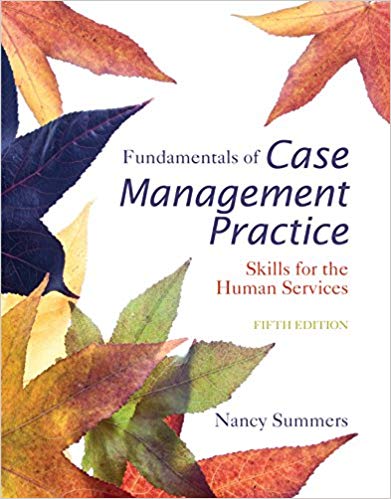Question
The case of Janet: The client, a troubled woman of 33, is in your office at a community mental health center because it is a
The case of Janet:
The client, a troubled woman of 33, is in your office at a community mental health center because it is a requirement ofher parole. She reports that she has always had difficulties handling her family and her personal life. She says that shehad a relatively stable marriage until she found out her "old man was running around with other women." Although shefiled for a divorce from him, she never appeared in court, so she is uncertain about her marital status. She reports thatafter the separation he "disappeared" until quite recently, when he "reappeared out of nowhere" and took their son, now10, to live with him. She also has two girls, ages 8 and 10, who still live with her. The client says that once her husbandleft, she was forced to resort to stealing to support the family and her drug habit.Janet has been addicted to cocaine for four years. During this period she has had behavioral problems with her twodaughters, as well as her son. Eventually, she moved in with her current boyfriend, and the behavioral problems with thechildren escalated. She reports that she is on parole for a theft charge and is afraid that she will have to go back toprison for a parole violation because of her drug use.Janet lets her parole officer know that she has seen you and that she wants to get some help "to get her life together." Afew days later her parole officer calls and says that her urine test is "dirty," showing traces of several drugs. The paroleofficer asks about your treatment plan for therapy and requests that you give your opinion on whether the client shouldbe back in prison.
Consider community and medical support that can help Janet. Develop a brief treatment plan that includes talk therapy, medical support, family economic assistance, and any other such web of support. Give actual examples of locations that can help Janet. For example, in the Louisville area, Volunteers of America has drug rehabilitation houses for women (along with their children), and for men. Instead of prison, individuals caught with drugs by law enforcement are given the option to stay a portion or a totality of their sentence in these houses. Food is provided, group therapy, gardening, cooking lessons, GED and other educational needs are all part of the plans ahead. Help Janet based on resources in your area.
Step by Step Solution
There are 3 Steps involved in it
Step: 1

Get Instant Access to Expert-Tailored Solutions
See step-by-step solutions with expert insights and AI powered tools for academic success
Step: 2

Step: 3

Ace Your Homework with AI
Get the answers you need in no time with our AI-driven, step-by-step assistance
Get Started


